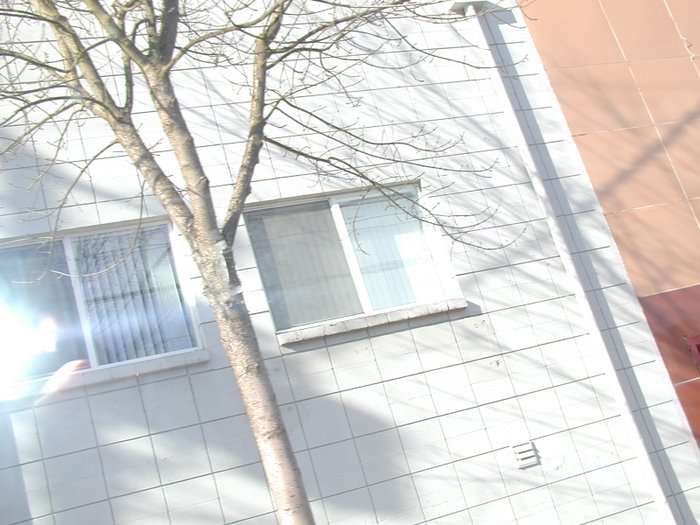
The signs are there:
- In a CoolTown retail study, 44% of the downtown businesses in five of the most progressive college towns are restaurants.
- According to the article,
Restaurants popular as a draw for shopping centers, 20 years ago restaurants made up 10 to 15% of the tenancy in Dallas commercial centers, but today that number is closer to 25 to 50%, with restaurants now often serving as the anchor.
- The first two of four phases for neighborhood revitalization today starts with restaurants, as stated by retail expert Steven Gartner. The four phases are outlined here.
- The National Restaurant Association has projected U.S. restaurant sales to increase 4.4% this year from 2007, even as much of the retail sector contracts. The association also reports on the following two areas:
Hot trends:
- Small is in. Bite-size desserts and small plates/tapas/mezze;
- ‘Alternative-source ingredients’. Locally grown produce, organics, sustainable seafood, grass-fed and free-range items, and alternative red meats (ie buffalo);
- Ethnic cuisines and flavors;
- Specialty alcohol;
- Unique experiences + food rather than just food.
Noteworthy stats:
- Americans currently buy a meal or a snack from a restaurant 5.8 times/week;
- Annual spending on food away from home is $1078/person;
- Consumers now spending 48 percent of their food budget in restaurants.
In other words, if your downtown is struggling, there probably aren’t too many successful restaurants in existence, if any at all.








